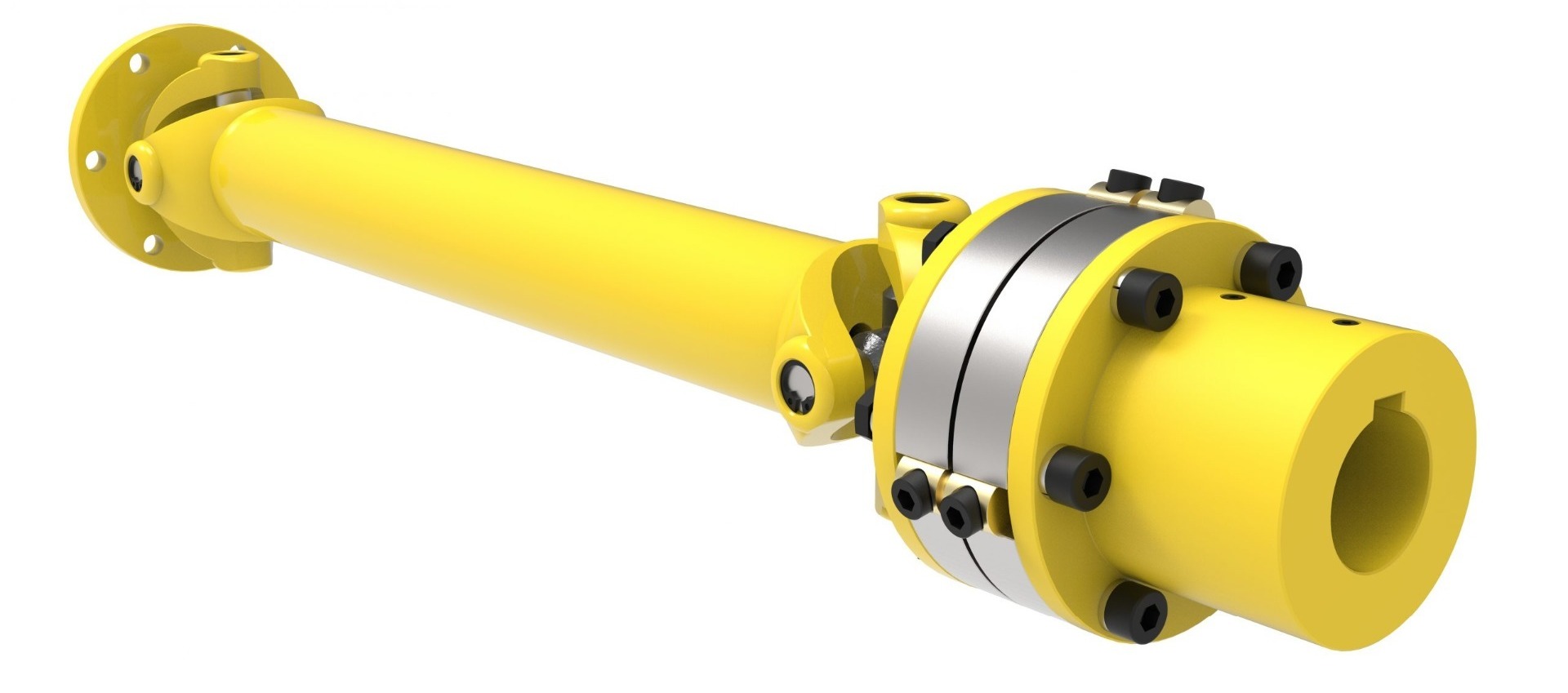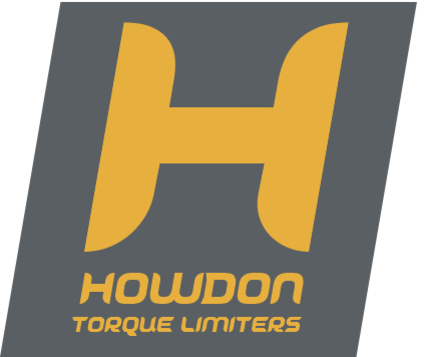Torque Limiters for the US Market
What are Torque Limiters?
A Torque Limiter acts as an overload protection device for all types of mechanical equipment preventing excessive loads damaging the machine components and lost production.
Although electronic current limiters have been considered, modern machinery has become more dynamic with abrupt deceleration of the rotating mass caused by unintentional jamming or the application of a dynamic braking system at a faster rate than the drive can accept.
Drive systems operating at low output speeds develop very large torques and excess torque will cause extensive damage to the gearing, drive shafts and couplings.
The fitting of a mechanical Torque Limiter in the drive system gives the best level of protection, reducing downtime and subsequent expensive loss of production.

WHICH TORQUE LIMITER IS RIGHT FOR MY DRIVE?
Since 1967, System Components Inc. of South Haven, Michigan, have manufactured superior quality gear couplings, utilizing state-of-the-art machinery and a highly skilled workforce.
SCI offer its customers years of engineering experience in technical and design assistance, quotations, and field support.
In addition, SCI are proud to be exclusive distributors of Howdon Torque Limiters in North America.
UK-based Howdon have produced simple, compact, reliable and easy to maintain Torque Limiters for customers all over the world for over 40 years.
A wide range of standard Torque Limiting Couplings, Chain, Pulley and U/J Shaft Units are available, but Howdon also have a long track record of producing special designs to meet specific customer requirements.
Talk The Torque - Your guide to Howdon Torque Limiters and Wedgeguard™
Howdon Wedgegard® Torque Limiter Selection
1. Decide the position of the Wedgegard i.e. the preferred position is on the low speed or final drive shaft, confirm there is adequate accessibility to change Wedgepins.
2. Using the simple formula to calculate the theoretical driving torque for the position chosen :
Torque (lbf.ins) = H.P. multipied by 63025 divided by r.p.m.
Torque (Nm) = kW multiplied by 9550 divided by r.p.m.
3. If the Wedgegard is to be fitted to a Universal Joint Drive Shaft, using the shaft reference select the size of the Wedgegard spacer from the Data Sheet. For Chain or Coupling Drives choose the Wedgegard from the specific Data sheet checking the shafts/sprocket or pulley/coupling can be accommodated.
4. If the release (overload) torque to not known the following points need to be considered :
the weakest component of the drive system to be protected
the product or system to be protected
5. Using the torque table for the required Wedgegard Torque Limiter select the release torque required, this will indicate the Wedgepin or pins to be fitted. If there is uncertainity regarding the release torque, select a release torque below the driving torque and, with these Wedgepin or pins fitted, install the Wedgegard.
6. The wide range of Wedgepins makes changing the release torque simple, but when increasing the torque always ensure the drive system/product/machinery can accept the higher limit.
7. Always guard rotating machinery, including the Wedgegard Torque Limiter, in accordance with statutory requirements.
The Wedgegard® Application Data Form







